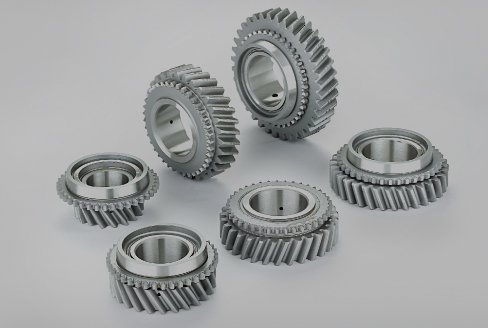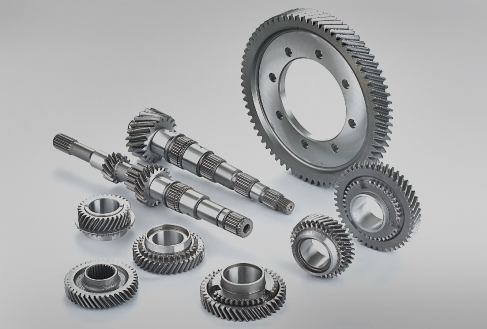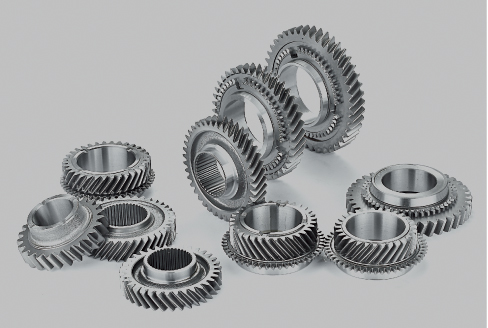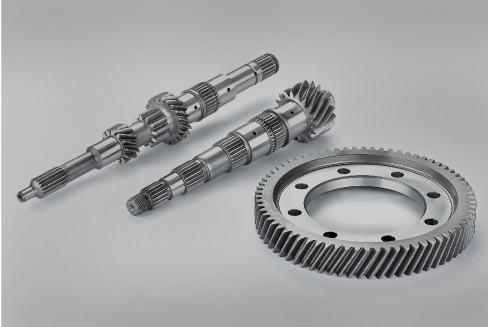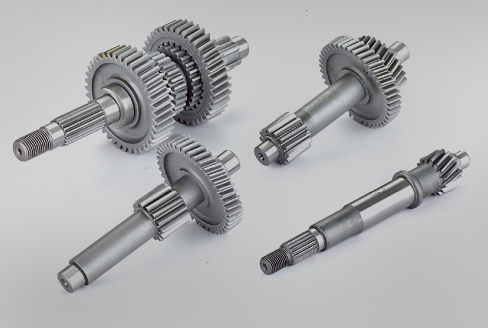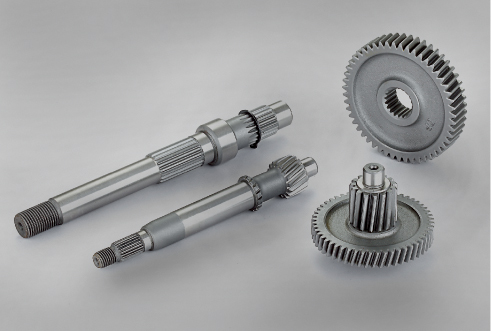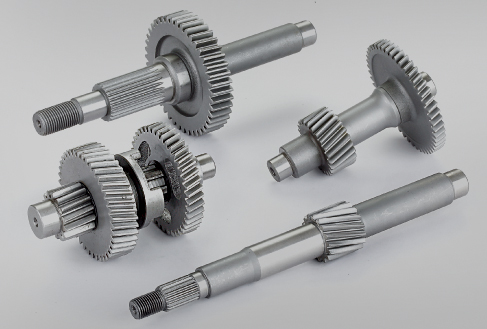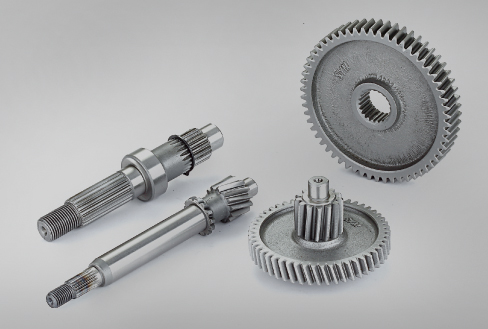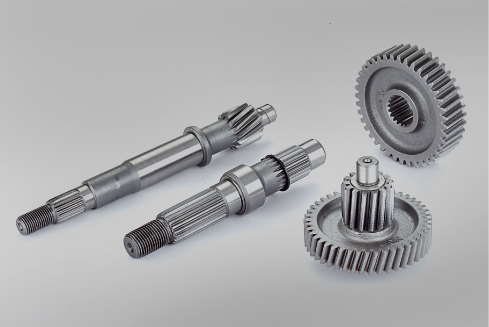Professional manufacturer of automobile transmission gears, mechanical engineering gears, engine gears, light and heavy trucks, and truck transmission gears.
The Heart of Your Vehicle: Understanding the Automotive Transmission
Update time:2023/11/07
Types of Automotive Transmissions
There are several types of automotive transmissions, each with its own set of advantages and applications:
Manual Transmission: Also known as a "stick shift," this type of transmission requires the driver to manually engage and disengage gears using a clutch pedal and a gearshift lever. Manual transmissions are known for providing greater control over the vehicle and can be more fuel-efficient. They are often favored by driving enthusiasts.
Automatic Transmission: In contrast to manual transmissions, automatic transmissions do not require the driver to manually shift gears. Instead, they use a hydraulic torque converter to automatically adjust gears based on driving conditions. Automatic transmissions are popular for their ease of use and convenience.
CVT (Continuously Variable Transmission): CVTs use a belt and pulley system to provide a continuous range of gear ratios, rather than distinct gears. They are known for their smooth operation and fuel efficiency. CVTs are often found in smaller vehicles and hybrids.
Dual-Clutch Transmission: This type of transmission combines elements of both manual and automatic transmissions. It uses two clutches to pre-select gears, enabling faster and smoother gear changes. Dual-clutch transmissions are often found in high-performance and sporty vehicles.
Functions of the Automotive Transmission
The automotive transmission serves several essential functions in a vehicle:
Transfer of Power: The transmission takes the power generated by the engine and transmits it to the wheels. This process is crucial for the vehicle's movement.
Gear Shifting: The transmission allows the driver to select the appropriate gear for different driving conditions, such as starting from a stop, accelerating, or cruising at highway speeds.
Direction Control: By selecting the forward or reverse gears, the transmission determines the vehicle's direction of movement.
Engine and Fuel Efficiency: Proper gear selection plays a significant role in the engine's efficiency and fuel consumption. By shifting gears at the right times, the transmission ensures optimal performance and economy.
Importance of Proper Transmission Maintenance
Regular maintenance of the automotive transmission is essential to ensure the longevity and efficiency of your vehicle. Here are some key aspects of transmission maintenance:
Fluid Change: Transmission fluid acts as a lubricant and coolant for the transmission components. Regular fluid changes are necessary to prevent overheating and wear.
Inspection and Adjustment: Periodic inspection and adjustment of the transmission system can help identify potential issues before they lead to major problems.
Transmission Flush: A transmission flush can remove old, contaminated fluid, extending the life of your transmission.
Filter Replacement: Many transmissions have filters that trap contaminants. Replacing the filter can help maintain the transmission's health.
Addressing Warning Signs: Strange noises, slipping gears, or delayed gear engagement are signs of transmission problems that should be promptly addressed by a professional mechanic.
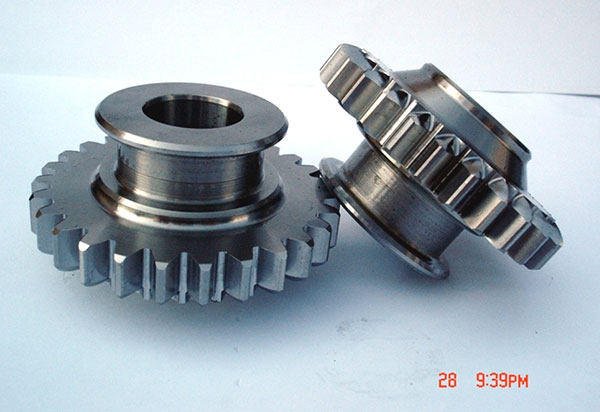
There are several types of automotive transmissions, each with its own set of advantages and applications:
Manual Transmission: Also known as a "stick shift," this type of transmission requires the driver to manually engage and disengage gears using a clutch pedal and a gearshift lever. Manual transmissions are known for providing greater control over the vehicle and can be more fuel-efficient. They are often favored by driving enthusiasts.
Automatic Transmission: In contrast to manual transmissions, automatic transmissions do not require the driver to manually shift gears. Instead, they use a hydraulic torque converter to automatically adjust gears based on driving conditions. Automatic transmissions are popular for their ease of use and convenience.
CVT (Continuously Variable Transmission): CVTs use a belt and pulley system to provide a continuous range of gear ratios, rather than distinct gears. They are known for their smooth operation and fuel efficiency. CVTs are often found in smaller vehicles and hybrids.
Dual-Clutch Transmission: This type of transmission combines elements of both manual and automatic transmissions. It uses two clutches to pre-select gears, enabling faster and smoother gear changes. Dual-clutch transmissions are often found in high-performance and sporty vehicles.
Functions of the Automotive Transmission
The automotive transmission serves several essential functions in a vehicle:
Transfer of Power: The transmission takes the power generated by the engine and transmits it to the wheels. This process is crucial for the vehicle's movement.
Gear Shifting: The transmission allows the driver to select the appropriate gear for different driving conditions, such as starting from a stop, accelerating, or cruising at highway speeds.
Direction Control: By selecting the forward or reverse gears, the transmission determines the vehicle's direction of movement.
Engine and Fuel Efficiency: Proper gear selection plays a significant role in the engine's efficiency and fuel consumption. By shifting gears at the right times, the transmission ensures optimal performance and economy.
Importance of Proper Transmission Maintenance
Regular maintenance of the automotive transmission is essential to ensure the longevity and efficiency of your vehicle. Here are some key aspects of transmission maintenance:
Fluid Change: Transmission fluid acts as a lubricant and coolant for the transmission components. Regular fluid changes are necessary to prevent overheating and wear.
Inspection and Adjustment: Periodic inspection and adjustment of the transmission system can help identify potential issues before they lead to major problems.
Transmission Flush: A transmission flush can remove old, contaminated fluid, extending the life of your transmission.
Filter Replacement: Many transmissions have filters that trap contaminants. Replacing the filter can help maintain the transmission's health.
Addressing Warning Signs: Strange noises, slipping gears, or delayed gear engagement are signs of transmission problems that should be promptly addressed by a professional mechanic.


 简体中文
简体中文 English
English España
España Русский язык
Русский язык
